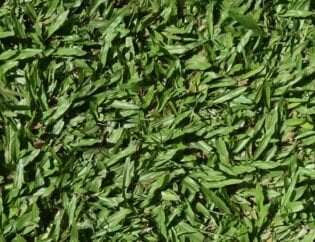
You care about the quality of your lawn. You want it to stay as green as possible for as long as possible. Therefore, when you notice that your grass is turning yellow, it is a cause for concern. If you are asking yourself, “why is my grass yellow,” there are a few important points to keep in mind. No matter the reasons why your grass might be yellow, this can seriously harm the appearance of your lawn. If you want to restore the health of your lawn as quickly as possible, then you need to identify the cause and think about how you can address it.
Common Causes of Yellow Grass
There are a few possible reasons why your grass might be turning yellow. Some of the most common examples include:
• Improper Fertilizer: In order for your grass to turn green, it needs to have the proper nutrients. If you fertilize your lawn too much, too little, or with the wrong fertilizer, then it may end up turning yellow.
• Diseases: There are also certain diseases that might cause your lawn to turn yellow. While most people are familiar with blight, there are other potential reasons why your lawn might be turning yellow.
Keep an eye on your lawn. If you start to notice signs of yellowing, quick action can prevent the problem from worsening.
Solutions for Fixing Yellow Grass
If you have noticed that your grass is yellow, there are a few corrective steps that you can take. These include:
• Water Your Lawn: It is important for you to make sure that your lawn is properly watered. On the other hand, you should only be watering your lawn if there is not enough rain. Too much water will wash out the nutrients that your grass needs. As a result, your grass could start to turn yellow. If you notice the top two inches of your soil are turning dry, it is time for you to start watering your grass. When watering your lawn, make sure the water saturates deep within the soil.
• Fertilize Your Lawn: If you notice that your grass is not growing as quickly as it once was, then it may be time to start fertilizing it. Yellow grass could be a sign of nitrogen deficiency. We recommend using a slow-release lawn fertilizer. Make sure to follow the application directions on the packaging.
• Mow Frequently for Lawn Health: Frequent mowing is an important part of maintaining a healthy lawn.
• Replant Your Lawn: Finally, if your lawn is turning yellow due to a chemical spill or excessive heat, then you may simply need to remove the yellow patches and replant them. Add fresh soil and compost before you plant new grass.
The key to a healthy lawn is regular maintenance. That includes regular mowing, proper irrigation, and just the right amount of fertilizer.









